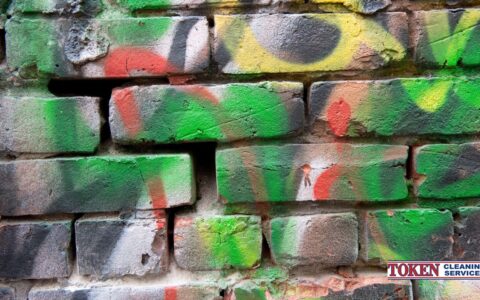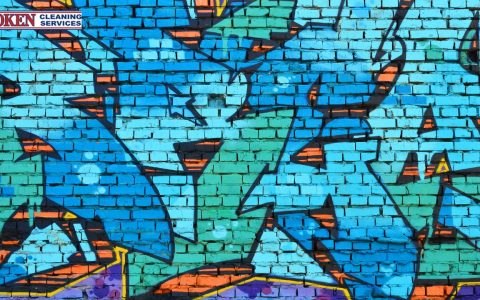Token Cleaning Blog
05 Mar 2025
 How to Remove Graffiti from Brick: A Step-by-Step Guide
04 Sep 2024
How to Remove Graffiti from Brick: A Step-by-Step Guide
04 Sep 2024
 Is Graffiti Art or Vandalism? Exploring the Debate from a Cleaning Perspective
24 Jan 2024
Is Graffiti Art or Vandalism? Exploring the Debate from a Cleaning Perspective
24 Jan 2024
 Graffiti Removal Service: Erasing Vandalism, Restoring Beauty
12 Oct 2023
Graffiti Removal Service: Erasing Vandalism, Restoring Beauty
12 Oct 2023
 Revolutionising Urban Aesthetics: The Power of Graffiti Cleaning Services in the UK
21 Sep 2021
Revolutionising Urban Aesthetics: The Power of Graffiti Cleaning Services in the UK
21 Sep 2021
 Graffiti – Art or Not?
19 Feb 2021
Graffiti – Art or Not?
19 Feb 2021
 What you didn’t know about Graffiti
11 Aug 2020
What you didn’t know about Graffiti
11 Aug 2020
 Banksy – Graffiti or Art?
22 Jan 2020
Banksy – Graffiti or Art?
22 Jan 2020
 Don’t let Graffiti spoil your view
20 Nov 2019
Don’t let Graffiti spoil your view
20 Nov 2019
 How to Maintain Brickwork
23 Sep 2019
How to Maintain Brickwork
23 Sep 2019
 Removing Graffiti
Removing Graffiti
 How to Remove Graffiti from Brick: A Step-by-Step Guide
04 Sep 2024
How to Remove Graffiti from Brick: A Step-by-Step Guide
04 Sep 2024
 Is Graffiti Art or Vandalism? Exploring the Debate from a Cleaning Perspective
24 Jan 2024
Is Graffiti Art or Vandalism? Exploring the Debate from a Cleaning Perspective
24 Jan 2024
 Graffiti Removal Service: Erasing Vandalism, Restoring Beauty
12 Oct 2023
Graffiti Removal Service: Erasing Vandalism, Restoring Beauty
12 Oct 2023
 Revolutionising Urban Aesthetics: The Power of Graffiti Cleaning Services in the UK
21 Sep 2021
Revolutionising Urban Aesthetics: The Power of Graffiti Cleaning Services in the UK
21 Sep 2021
 Graffiti – Art or Not?
19 Feb 2021
Graffiti – Art or Not?
19 Feb 2021
 What you didn’t know about Graffiti
11 Aug 2020
What you didn’t know about Graffiti
11 Aug 2020
 Banksy – Graffiti or Art?
22 Jan 2020
Banksy – Graffiti or Art?
22 Jan 2020
 Don’t let Graffiti spoil your view
20 Nov 2019
Don’t let Graffiti spoil your view
20 Nov 2019
 How to Maintain Brickwork
23 Sep 2019
How to Maintain Brickwork
23 Sep 2019
 Removing Graffiti
Removing Graffiti






